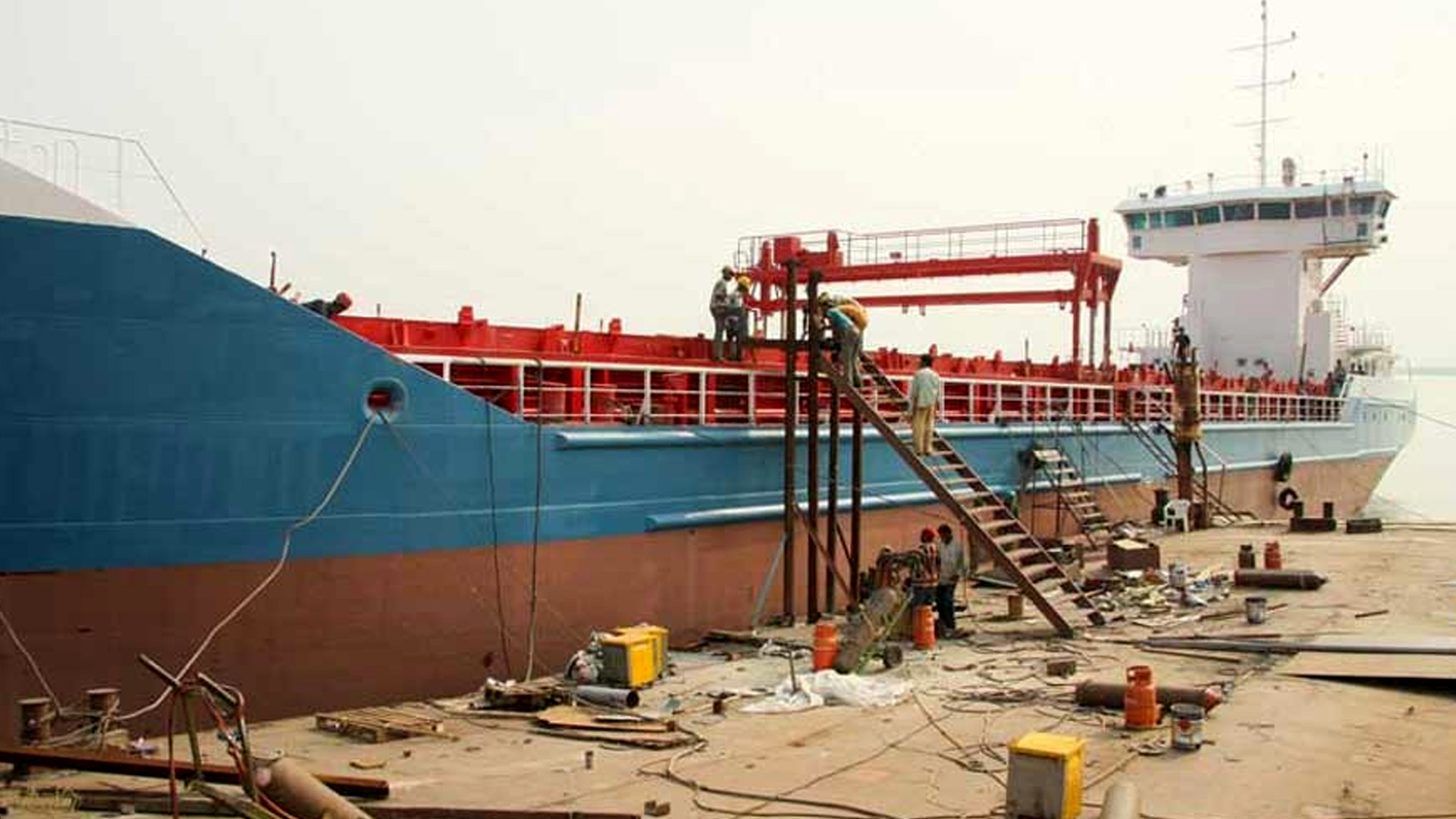Bangladesh, a nation crisscrossed by rivers and bordered by the Bay of Bengal, has always had a deep connection with water. This geographical advantage positions the country uniquely in the maritime world, making the shipping industry a pivotal sector for its economy. In recent years, the Bangladesh shipping industry has experienced significant growth, driven by strategic initiatives, infrastructural development, and an increasing role in global trade. This blog delves into the current state, challenges, and future prospects of Bangladesh’s shipping industry.
Current State of the Shipping Industry
Ports and Infrastructure
Bangladesh boasts several key ports, with Chittagong (now Chattogram) and Mongla being the most prominent. Chattogram Port handles around 90% of the country’s seaborne trade, making it the lifeline of Bangladesh’s economy. Recent modernization efforts have enhanced the port’s capacity and efficiency, reducing turnaround times and accommodating larger vessels. Mongla Port, although smaller, has been gaining importance with government initiatives to develop it as a regional hub.
Fleet and Shipbuilding
The country’s merchant fleet is growing, with both private and state-owned companies expanding their operations. Additionally, Bangladesh has emerged as a significant player in the shipbuilding industry. Shipyards in Chittagong and Narayanganj are producing various types of vessels, from cargo ships to oil tankers, for both domestic and international markets. This sector not only boosts the shipping industry but also generates substantial employment opportunities.
Trade and Connectivity
Bangladesh’s strategic location makes it a crucial link between South and Southeast Asia. The government has been investing in improving connectivity, with initiatives like the Bay of Bengal Initiative for Multi-Sectoral Technical and Economic Cooperation (BIMSTEC) and agreements with neighboring countries to enhance regional trade. The opening of new trade routes and the development of deep-sea ports are set to further integrate Bangladesh into the global shipping network.
Challenges Faced by the Industry
Infrastructural Bottlenecks
Despite significant progress, infrastructural challenges persist. Congestion at major ports, inadequate storage facilities, and inefficient customs procedures can delay shipments and increase costs. Addressing these issues is crucial to maintaining competitiveness and ensuring smooth trade flows.
Regulatory Hurdles
Regulatory frameworks governing the shipping industry often face criticism for being outdated and bureaucratic. Streamlining these regulations and adopting international best practices are essential for attracting foreign investment and fostering growth in the sector.
Environmental Concerns
The shipping industry, globally and in Bangladesh, faces increasing scrutiny over its environmental impact. Balancing economic growth with sustainable practices is a challenge that requires innovative solutions, such as adopting cleaner technologies and enhancing waste management practices at ports.
Future Prospects and Opportunities
Technological Advancements
Embracing technology is key to the future of the shipping industry. Digitalization of port operations, implementation of smart logistics solutions, and the use of big data for predictive analysis can significantly enhance efficiency and reduce operational costs. Bangladesh is gradually adopting these technologies, positioning itself for a more competitive future.
Blue Economy
The concept of the blue economy, which emphasizes sustainable use of ocean resources, presents significant opportunities for Bangladesh. Developing sectors like marine tourism, aquaculture, and renewable energy can diversify the maritime economy and create new revenue streams. The government’s focus on blue economy initiatives is a positive step towards harnessing the full potential of maritime resources.
Regional Cooperation
Strengthening regional cooperation is vital for the growth of Bangladesh’s shipping industry. Collaborative projects with neighboring countries, such as joint port development and harmonized trade regulations, can enhance regional connectivity and boost trade volumes. Leveraging platforms like BIMSTEC and the South Asian Association for Regional Cooperation (SAARC) can further integrate Bangladesh into the regional trade network.
Conclusion
The Bangladesh shipping industry stands at a crossroads of immense potential and significant challenges. By addressing infrastructural bottlenecks, streamlining regulations, and embracing technological advancements, the country can harness its maritime strengths to drive economic growth. The future of Bangladesh’s shipping industry looks promising, with opportunities in regional trade, the blue economy, and technological innovation paving the way for a prosperous maritime future.

